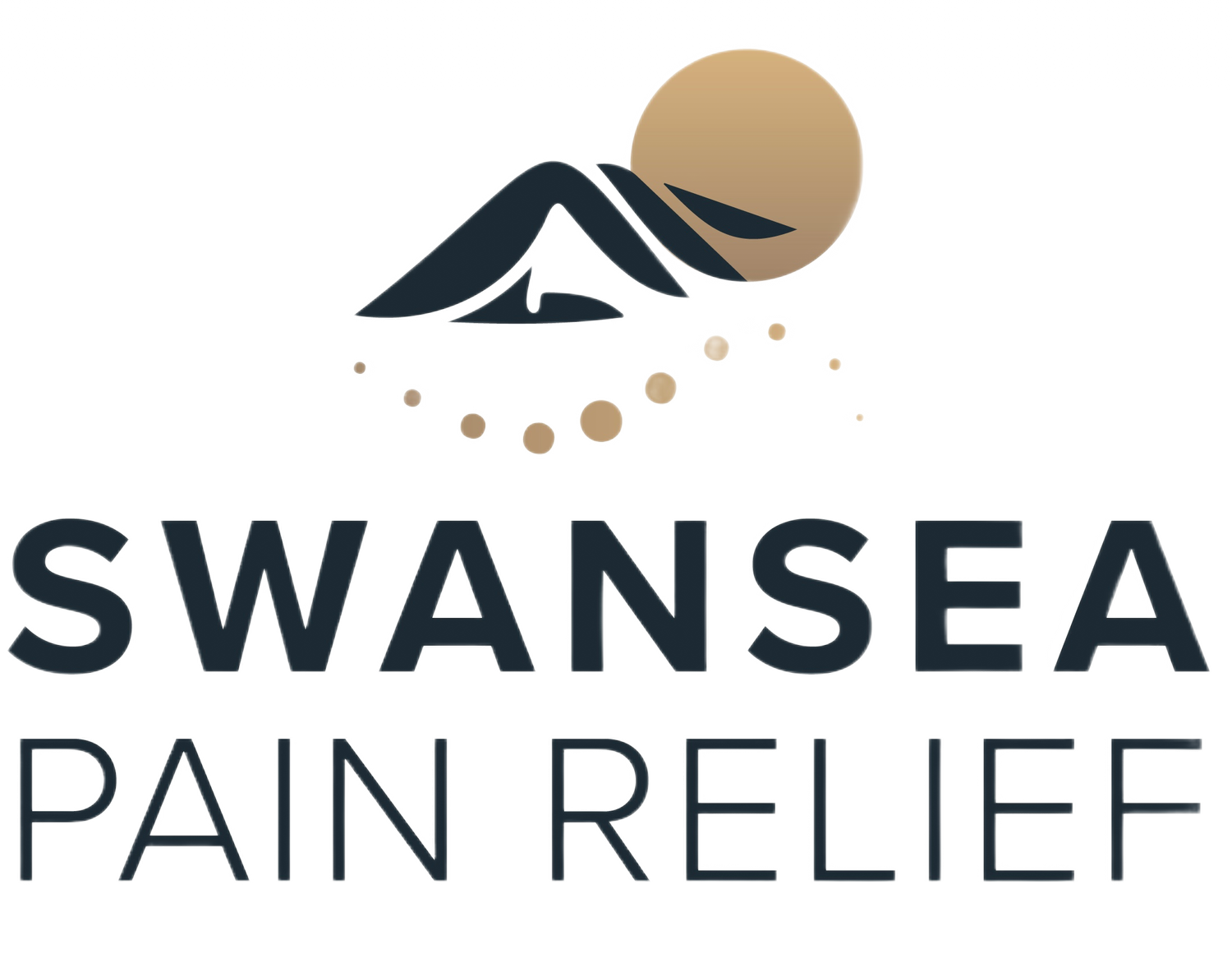Low Back Pain | Ben Rattley Osteopath
LOW BACK PAIN IS FAR TOO COMMON
Over 80% of adults are likely to experience low back pain at some point in their lifetime, it makes it one of the biggest causes for time off work and disruption to well-being.
Low back pain can be divided into two key categories: Acute and Chronic. Acute low back pain can last from a matter of days to weeks. Despite there often being a traumatic onset, it can occur without any obvious reasoning. Chronic low back pain is anything that lasts in the excess of 3 months and as with acute pain, it can arise from a historical event or for no apparent reason.
Low back pain is a heavily contentious area of research due to the increasing prevalence of “Non-Specific Low Back Pain” (NSLBP). NSLBP essentially means, that there is no identifiable cause following examination and imaging. This makes it a difficult condition to manage and requires a multi-modal approach to care.
With low back pain there can be natural progressions with the pain character and presentation. Some low back pain may refer pain into the buttocks, hips and legs. This is where the term ‘Sciatica’ or ‘Sciatic pain’ derives from. Sciatica is a symptom of any compression or irritation of the Sciatic nerve and if you’ve had sciatica, you won’t need me to unpack or attempt to describe the discomfort. Some common phrases used in reference to Sciatica are ‘Tooth-ache like pain’, ’Burning’, Shooting’, ‘a dull ache’. It’s important to mention that not all low back pain leads to sciatic nerve symptoms, but it does hold a close affiliation.
IMPORTANT
If low back pain is accompanied by symptoms down both legs, any issues with bowel and bladder habits, a loss of power in your legs or a loss of sensation around your buttocks and saddle region, you should immediately go to A & E.
Factors that may contribute to the onset of Low back pain.
A change in exercise or physical work
Lack of sleep
Stress
Trauma
Beliefs or attitudes towards health
The National Institute for Health & Care Excellence (NICE) sets guidelines based on the available evidence for what you can do to help your back pain:
Exercise – The majority of people with low back pain will actually have a strong back. It is not a fragile structure. It is anatomically well-supported. Therefore, it is really important that you continue moving despite there being pain. However, I am a strong agonist towards ‘No pain no gain’. We know from physiology that inducing yourself into pain unnecessarily has no clinical significance for improved health outcomes. We would suggest moving ‘little and often’.
Medication – As health professionals we seek to work in harmony with fellow healthcare clinicians and therefore, support their advice. If you have been prescribed pain relieving medication, we would advise continuing to follow your prescription.
De-stress – stress influences our bodies physiological level and psychologically to our mental health. Stress can often increase the perception of pain and increase sensitivity. Finding a therapeutic activity, sleeping well and taking time away from stresses can all help with managing low back pain.
Manual therapy – This is where we come in! Utilisation of various hands-on techniques (Manipulation, massage and stretching) can all help reduce pain and inspire confidence in a return to normal activities. With our hands on treatment, we often promote movement which is a vital aid in recovering from low back pain.
Heat/ice – Both of these ailments can help reduce low back pain. The evidence supporting either is sparse and it therefore suggested that you use which ever one you prefer.

